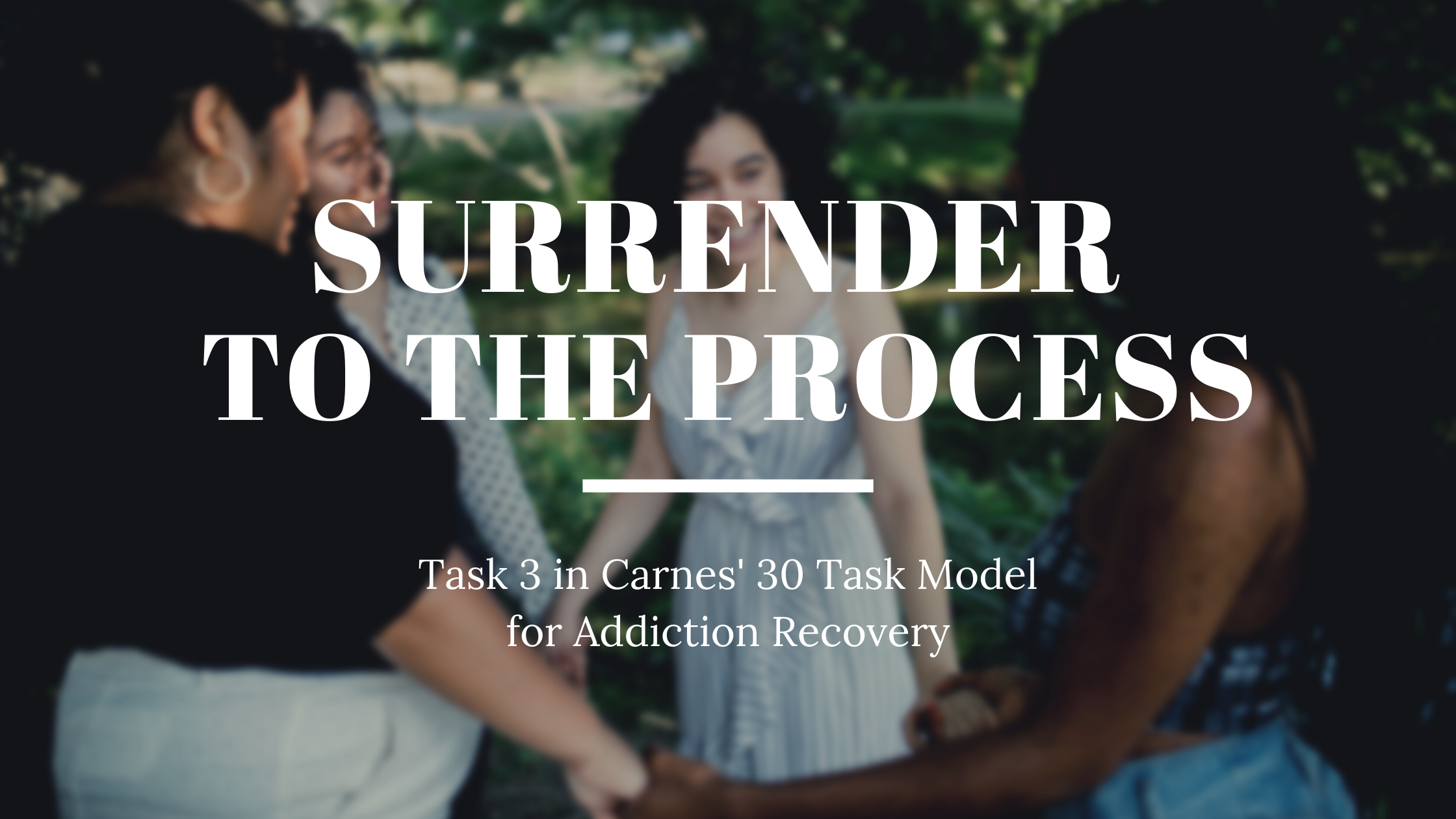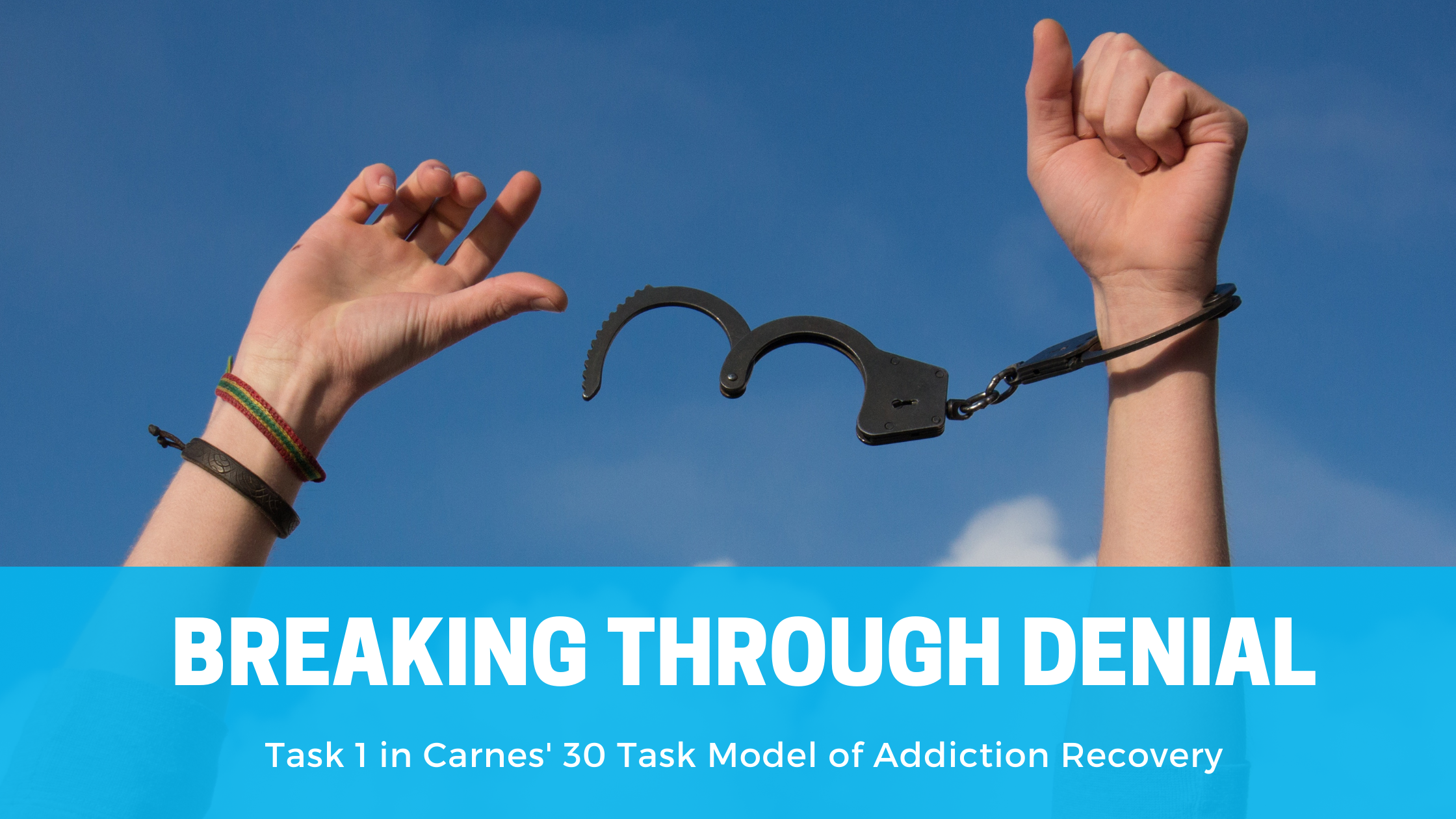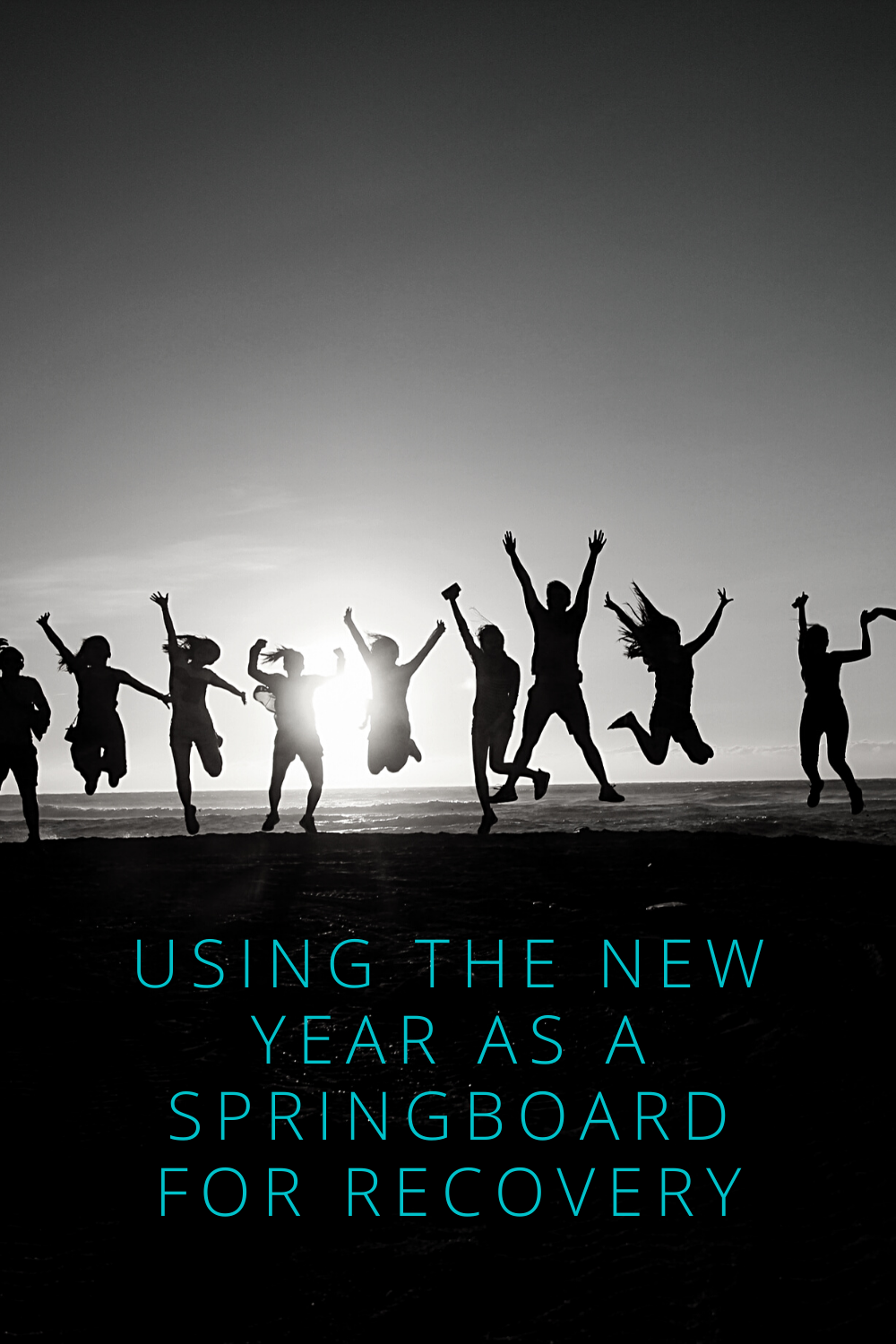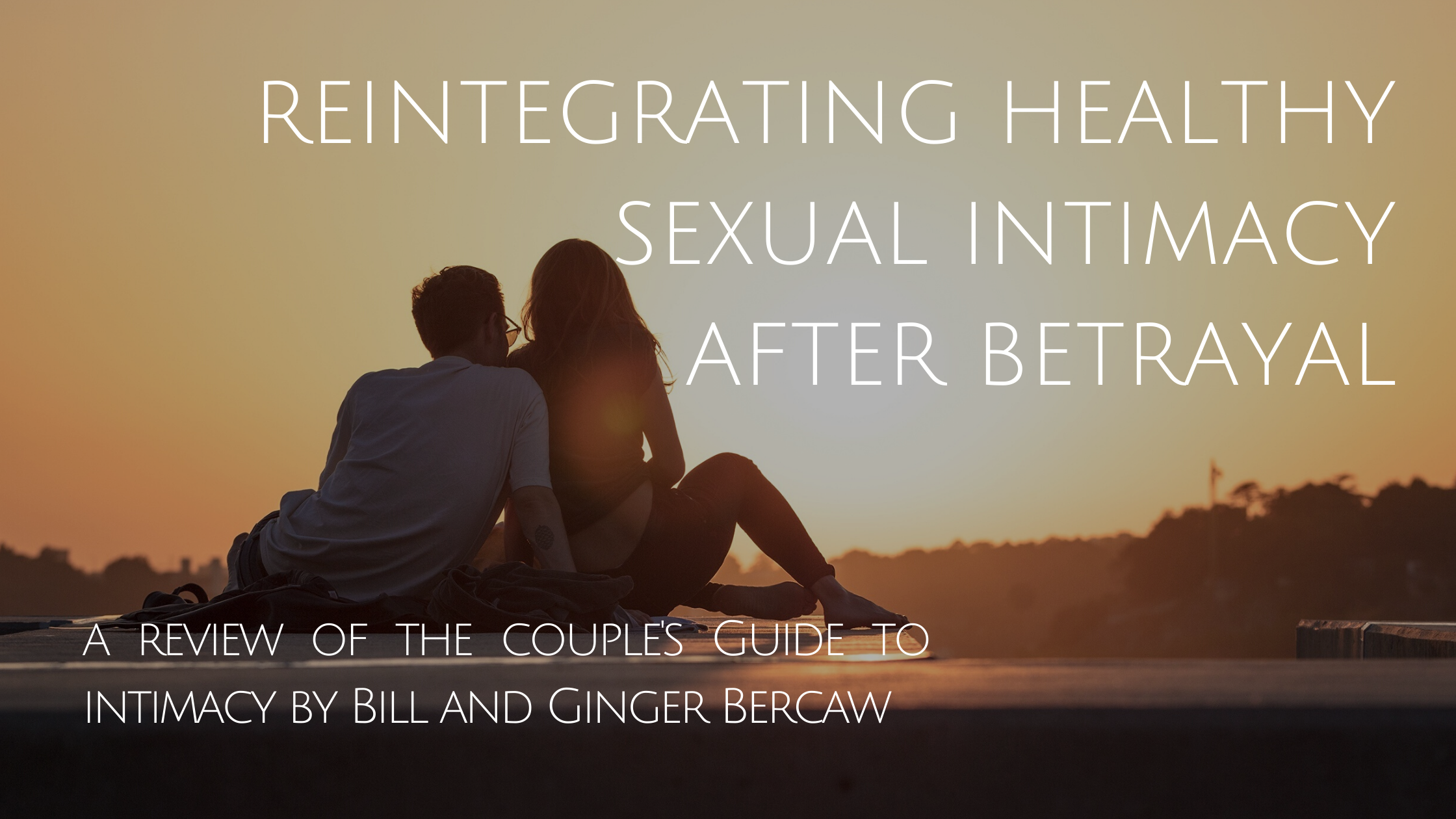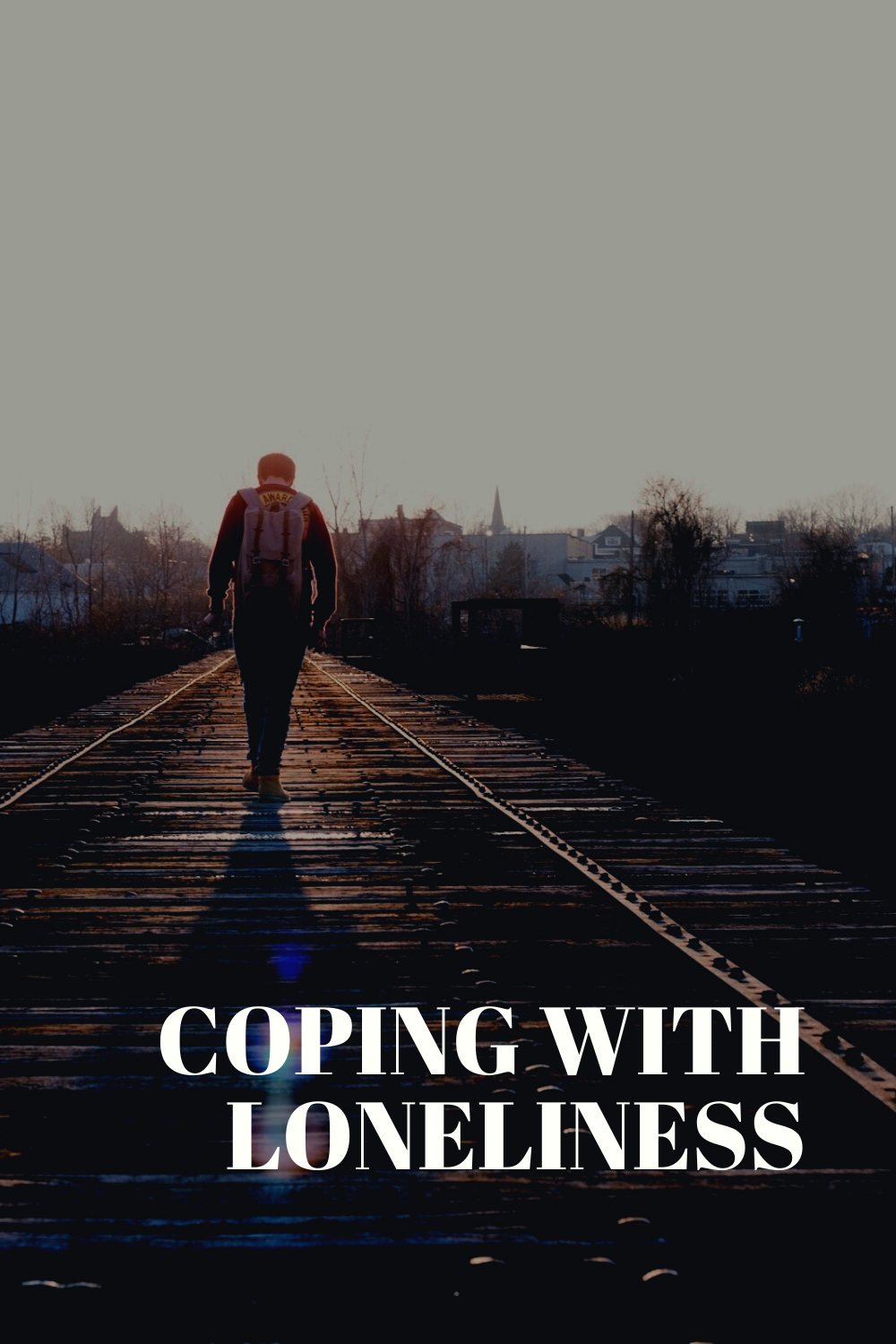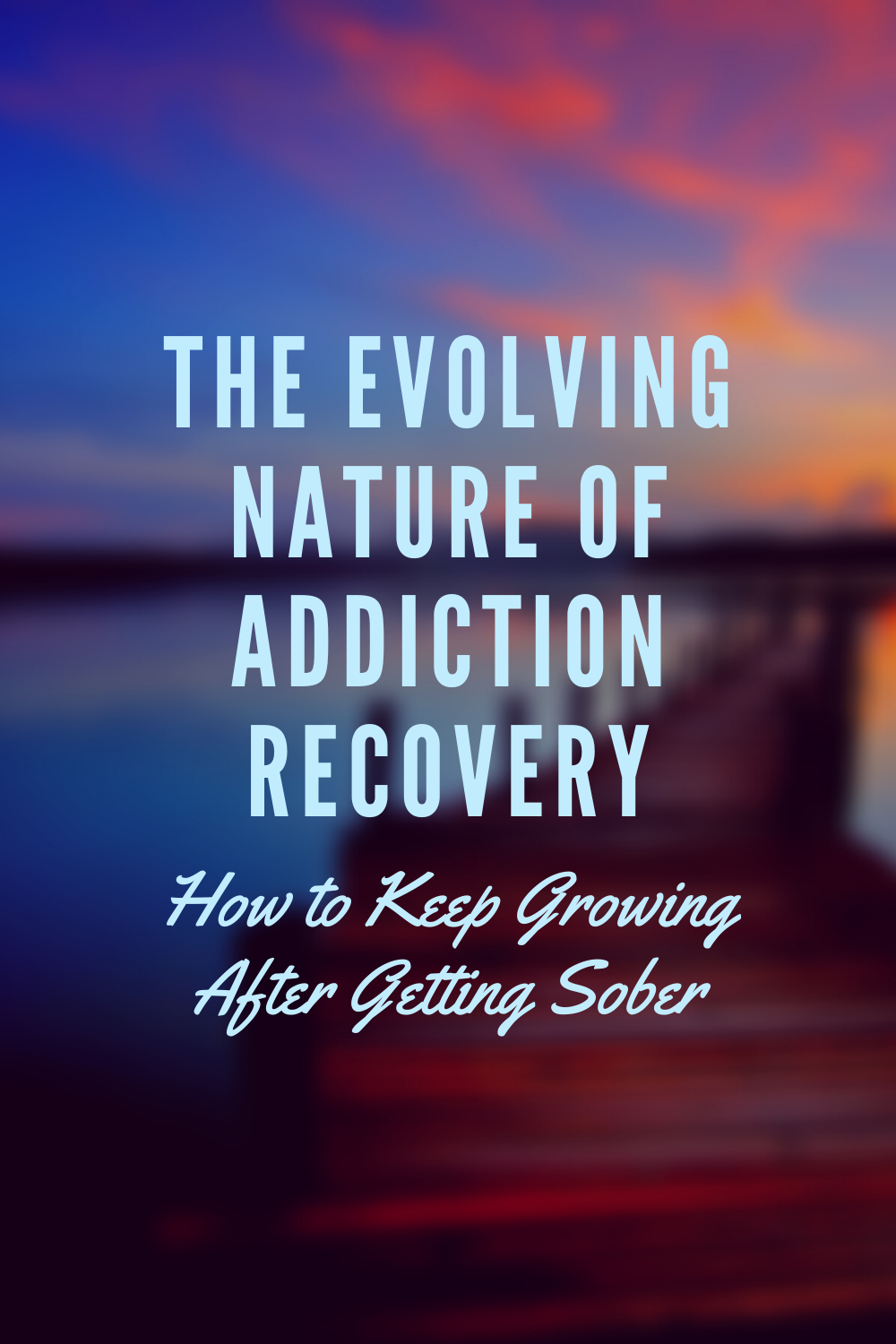A common struggle for addicts entering recovery is the tug-of-war of their desires: wanting to stop acting out while still feeling a pull toward addictive behaviors. Early in recovery, there’s often an expectation from yourself or from a spouse or loved one to change instantaneously. And at the beginning, that can feel possible: after discovery or disclosure of addiction, you might have an immediate sense of disgust or distaste for the addiction that fuels sobriety. But with time, that initial emotional response subsides, and the addiction can easily come back when the underlying roots of the problem are still hidden.
One of these underlying roots is a sense of control: a belief that you can force yourself to stop your addictive behaviors, you are in control of your own recovery, and you can pick and choose what you do to get better. Notice, however, that one of the hallmarks of addiction is repeated attempts to stop without success. Often early attempts to stop are half-hearted, done in isolation, or not informed by recovery principles.
The momentary willingness that comes after disclosure or discovery will not turn into long-term sobriety unless there is a recognition that past attempts to control don’t work. Unless there is a true surrender of control, change will not last.
Surrender to the Process vs. Attempts to Control
What is Surrender?
Surrender is a recognition of the reality that you do not have the power to get better from your addiction on your own or by manipulating or controlling your recovery. This ties into 12 Step work and breaking through denial as you recognize your own powerlessness and unmanageability.
Surrender acknowledges that the attempts you’ve made to change have been futile. Often, this is because they are done by yourself without the support or accountability of others. Or because you approach recovery in a piecemeal fashion, only choosing to do some things and leaving behind necessary tasks for your recovery that stir up discomfort. Or you may be still on the fence about recovery in general.
What is Control?
Control happens when we believe that we are not powerless and that we can do the work of recovery on our own. This often leads to white-knuckling, a term that refers to forcing yourself to stop acting out behaviors by sheer willpower. The term “dry drunk” refers to someone who may not be acting out in their addiction, but hasn’t addressed the underlying root causes of the addiction to create lasting, holistic life change because they are still seeking control.
Control can be obvious, as in some of the examples above, but it can also show up in subtle ways. When you are only doing some of the work of recovery and ignoring putting into practice that which makes you feel uncomfortable, you are exercising your own control. Control shows up in comparing yourself to others in recovery, seeing yourself as better or more capable than them. Thoughts like “if I just do better, then it will all be fine,” are denial statements that foster this sense of control, but then lead to feelings of lethargy, depression, or self-hatred when you cannot follow through on change. Another indicator is a lack of willingness to rely on others for support or help through the process, meaning you aren’t attending meetings, don’t have a sponsor, and have no accountability with other group members.
Characteristics of Surrender
Surrender requires you to be uncomfortable. When you’re surrendering to the process of recovery, you will feel discomfort with some of what you are tasked to do. You might not like some of the early restrictions or accountability you need to put in place, like an internet blocker, location tracking app, or daily accountability with a sponsor. But remember that picking and choosing what you feel comfortable with in recovery is a setup for slips and relapse.
Surrender releases anxiety to experience peace. When you are attempting to stay in control, you put incredible pressure on yourself to change on your own, followed by devastating shame when you inevitably fail. If you choose to surrender to the process, you can experience the peace of knowing that you aren’t alone and help is available.
Surrender requires that you say no. You will need to learn what your limits are in recovery. We like to think that we can do everything we want and resist temptation to act out in addiction, but this isn’t true. One of the ways denial perpetuates addiction is to tell you that you should “test your strength” or “test your resolve” by putting yourself in risky situations. But this is another form of ritual and preparation for acting out. You need to identify appropriate boundaries and restrictions early on to set yourself up for success. Addicts are notoriously bad at boundaries – that’s part of the addiction – so surrendering to boundaries that others help you identify or that have been tenets of the 12 Step recovery process are necessary.
The Spiritual Nature of Surrender
If we can’t do recovery on our own, then what does that mean? Who can do it for us?
Surrender is a spiritual discipline. Recognizing the role of God in this process is essential. In 12 Step, incorporating God or your Higher Power involves recognizing something bigger than yourself that is guiding you toward health, because your self isn’t cutting it. Step Two and Step Three of the 12 Step program dig into this exploration in more detail.
Surrender to God or a Higher Power can be a tricky endeavor for those whose views of God are complicated, who have difficulty trusting in God, or who don’t believe God has the power to create change. These roadblocks are worth working out in the context of your 12 Step group or with your sponsor. At the bare minimum, believing that there is something outside of yourself that will guide you through recovery, even if it is as simple as the 12 Step process or your work with a sponsor, gives you a good place to start.
Practical Steps for Task 3
Ask for help.
The easiest way to recognize surrender in someone is their willingness to no longer tackle the addiction on their own, but to actively seek out help from others. This can come in the form of joining a 12 Step group, therapy group, support group, or going to counseling. Take it a step further by connecting with a sponsor or other group members for contact outside of the group. Recognize that asking for help requires vulnerability and openness: you need to share the realities of your addiction openly with someone rather than offering partial information.
Identify your Higher Power.
This can be the God of the Bible if you are a Christian believer, or can have a foundation from your religious background. If you chafe at the idea of religion, you may choose the 12 Step group, people who have gone before you in recovery, recovery itself, or a particular value you hold like love or compassion. Again, seek to identify something bigger than yourself and have conversations with others in the program to open yourself up to faith and be curious about this process.
Name denial-based roadblocks.
Denial in your thoughts can be a major factor that keeps you in control and prevents you from offering full surrender. When you look at the subtle types of control listed above, do you identify with any of them? Make a list of the denial statements that are most common to you that fuel these attempts to control. They can include thoughts like, “I don’t need to do that,” “I’m not as bad as so-and-so,” or “other people might need 12 Step, but I don’t.”
Now consider: what have you tried before in terms of your recovery? How successful was it? Is your denial telling you the truth or not? Look also at what beliefs might be causing you to resist placing trust in your Higher Power or in the support of others.
Grieve the losses associated with surrender.
Surrendering addiction is hard, often because it can feel like you’re giving up the only coping mechanism you have available when stress or other painful emotions arise. There are aspects of addiction that were appealing or pleasurable to you, and you will need to let go of them. It also may require you to let go of the belief that you are in control or that you are capable of stopping on your own. Surrender is a process of letting go.
Remind yourself of your commitment.
When you choose to surrender, it is not a one-and-done moment. Surrender is a daily practice. Repeatedly remember your commitment to surrender through a daily reminder, as with a spiritual practice like prayer, journaling, or meditation. You might choose a mantra or repeated phrase like, “I can’t, but God can,” or “I choose to surrender to the process of recovery.” Use the Serenity Prayer: “God, grant me the serenity to accept the things I cannot change, the courage to change the things I can, and the wisdom to know the difference.” Regularly reinforce this commitment through the support of a church or religious community.
Invite others to help with boundary-setting.
As mentioned earlier, a lack of understanding and implementation of healthy boundaries is a characteristic of addiction. Recovery requires going back to basics with boundaries. Sit down with your sponsor and talk about your limits and what you should say no to in early recovery, even if you don’t want to. Get specific and honest here about what you truly need. Your sponsor will help you explore which triggers are in your control and those you can’t control to help you adapt your boundaries accordingly. Talk to others in your group with similar acting out behaviors about what boundaries they found effective in early recovery and choose to adopt some of theirs if they strike a chord in you. Read stories of those who have been successful in recovery, many of which can be found in the foundational text of your 12 Step fellowship, and imitate some of the changes they made if they are relevant to you.


